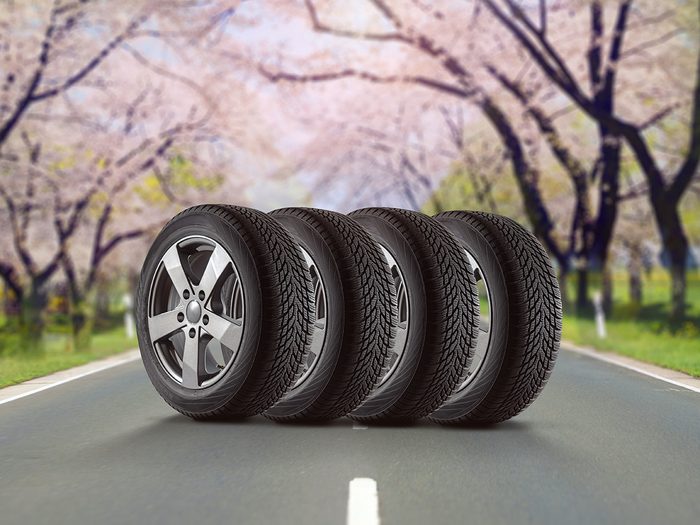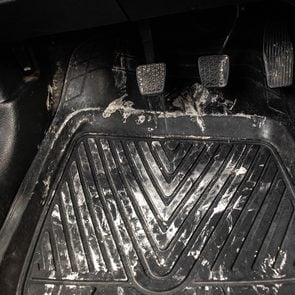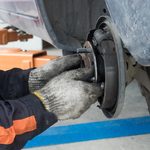What Happens If You Don’t Remove Your Winter Tires in the Spring?

Although most Canadian drivers switch to winter tires, we’re not as diligent as we should be about scheduling their removal. In fact, one survey found 11 per cent of us are leaving them on year-round!
In a climate like Canada’s, there’s really no such thing as an “all-season tire.” Because temperatures can swing wildly from frigid winters to scorching summers, your vehicle needs two sets of tires made from two different rubber compounds: one designed for freezing temperatures, and another better suited to hot asphalt. Using the wrong tires for the season can compromise your safety, and cost you in the long run.
When to Remove Winter Tires
The vast majority of Canadian drivers own a set of winter tires, and aside from being mandatory in some provinces, it’s a smart decision. Because they don’t stiffen in the cold the way regular rubber does, they’re able to maintain their grip on the road, while their deep tread design channels snow and slush so that it shoots out behind the wheel instead of building up on the tire’s surface. Some winter tires are also covered with a sponge-like compound that removes the thin layer of water over ice that can cause slippage.
Knowing exactly when to remove winter tires is a bit more specific than “spring.” It’s once daily highs stay consistently over 7° Celsius that it’s time to put your winter tires into storage, says Gabe Scavone, owner of OK Tire Weston, an auto service centre in North York, Ontario. That temperature is the threshold at which the soft rubber that gives winter tires their traction in cold starts to have the opposite effect in heat—it wears out faster, and becomes squishier and more slippery.
“In the summer, winter tires have a braking distance 26 per cent longer than all-season tires,” says Scavone. “Because all-season tires are made of stiffer rubber, that aids in handling—your ability to corner, accelerate and brake—and your vehicle’s responsiveness in cases where you need to perform an avoidance manoeuvre.”
In heavy rain, the tread design that helps winter tires grip snow can become a liability. “Because winter tires don’t evacuate water as effectively as they do snow, there is actually an increased risk of hydroplaning in summer,” says Scavone. This happens when tires can’t disperse water quickly enough to maintain contact with the road, causing the car to slide across the wet surface.
It Can Save You Money, Too
Although buying two full sets of tires may seem like a big expense, it can actually save you money in the long run. Since winter tires wear down faster when used in summer, they’ll need to be replaced more frequently, and the worn treads won’t maintain traction as well by the time next winter rolls around. Switched at the appropriate intervals, a set of winter tires should last six seasons, according to most manufacturers, while a set of all-season tires should last up to 100,000 kilometres.
With gas costs on the rise again, switching to all-season tires in warmer months can save you at the pump, says Scavone, owing to their shallower treads and closer contact with the road. “In addition to being quieter, all-season tires have a decreased rolling resistance, which means it takes less force to move the tire,” he says. “This translates to greater fuel efficiency and lower gas costs.”
Did you goof and forget to switch out your winter tires last year? (No judgment here.) Your tires may not be ruined—at your next service appointment, ask to have them inspected and measured with a professional tread depth gauge, says Scavone. Depending on the model and date of manufacture, they’ll be able to tell you how much life your tires have left. According to Transport Canada, if your treads are worn to 4mm or less, the tires will need to be replaced next winter.
Now that you know when to remove winter tires, check out nine strange car noises—and what they could mean.






